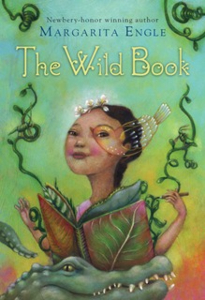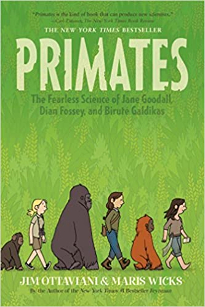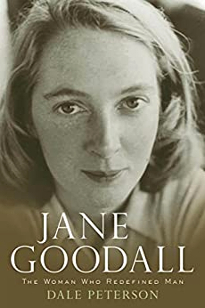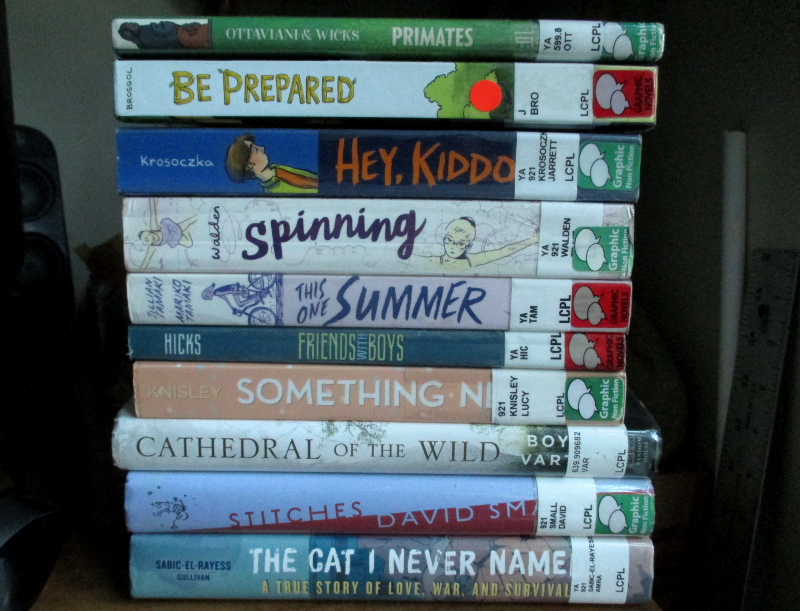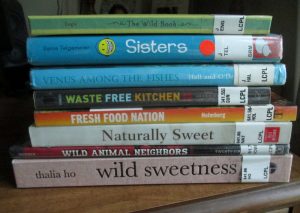I gave up on this book thirteen years ago, yet kept it on my shelf. Because it’s one of my father’s favorites, and I felt like I owed it a second chance. Finally got around to that and I’m very glad I did. Not sure if it just comes from being older, or from being in a different mindset, or that I’ve kept fish now, so thinking about what a fish under the water might be thinking, interests and amuses me instead of drawing a blank. It was a completely different reading experience this time around, and one I appreciated. The wording is beautiful and the imagery lyrical even though what is described, sometimes rough or unpleasant. The title is from the first novella in the book, about two brothers and their father. The brothers are passionate about fly fishing and the book circles around several fishing trips- one with just the brothers, another with a brother-in-lawn invited along (though they don’t really want his company but feel obliged) and the last with their now-aging father. A number of things are deftly yet indirectly described so well- the family dynamics, the companionship and undercurrent of competition between the brothers, the beauty of the landscape, the artistry of how they fish- calculating where the fish are in the water, what kind of fly and casting method might land them. I don’t know much about fly fishing but reading about it here was captivating. In a slow, dreamy kind of way the book is like the river itself- seeming calm and placid on the surface but a lot going on underneath, even violent at times. There’s also a heavily ironic theme of helping others– the narrator wants to help his brother, who doesn’t want to accept help, and they both struggle to speak clearly about it. They all seem to feel an urge to help the brother-in-law, even though they don’t really like him, and he accepts without much protest but doesn’t seem any the better for it. They love each other but can’t show it on the surface so their emotions spread widely unspoken again like the river spreading its influence through the land. At least, that was an impression I got.
The two other stories are shorter- one is about time the author spent as a younger man in a logging camp, and the other about time he worked with forest rangers, being sent alone up to a watch tower and on his way back down after a snowstorm resetting some downed power lines. Just as much of it is about what the work was like, the natural surroundings, and the people he works alongside- some of them he likes, a few in particular he doesn’t. Just as before, I didn’t really care for the parts about brothels or poker games, but everything else was pretty good reading. Thirteen years ago, I must have been in the kind of reading mood that had words just sliding past my eyes without comprehension: so much of this felt completely new this time. In fact, I liked it so much that for the first time in decades I’ve pulled out a pencil to mark some passages that really struck me:
Many of us would probably be better fishermen if we did not spend so much time watching and waiting for the world to become perfect.
All there is to thinking… is seeing something noticeable which makes you see something you weren’t noticing which makes you see something that isn’t even visible.
When you look back at where you have been, it often seems as if you have never been there or even as if there is no such place.

